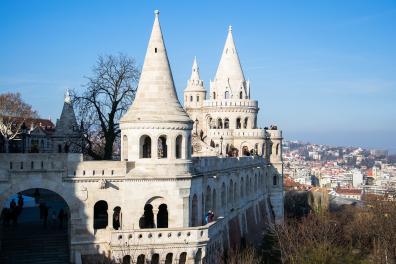Hungarian
This page has been translated automatically.
Hungarian, the national language of Hungary, has been taught at Inalco since 1931, when Aurélien Sauvageot (1897-1988) created the first chair of Finno-Ugric languages in France. It is also spoken in all neighboring countries by minorities, the largest of which are in Transylvania, Slovakia and Vojvodina. There is also a sizeable diaspora in Western Europe, America and Australia. In addition to the ten million Hungarian citizens, there are between three and five million speakers living outside the country's borders.
Hungarian, the national language of Hungary, has been taught at Inalco since 1931, when Aurélien Sauvageot (1897-1988) created the first chair of Finno-Ugric languages in France. It is also spoken in all neighboring countries by minorities, the largest of which are in Transylvania, Slovakia and Vojvodina. There is also a sizeable diaspora in Western Europe, America and Australia. In addition to the ten million Hungarian citizens, there are between three and five million speakers living outside the country's borders.
